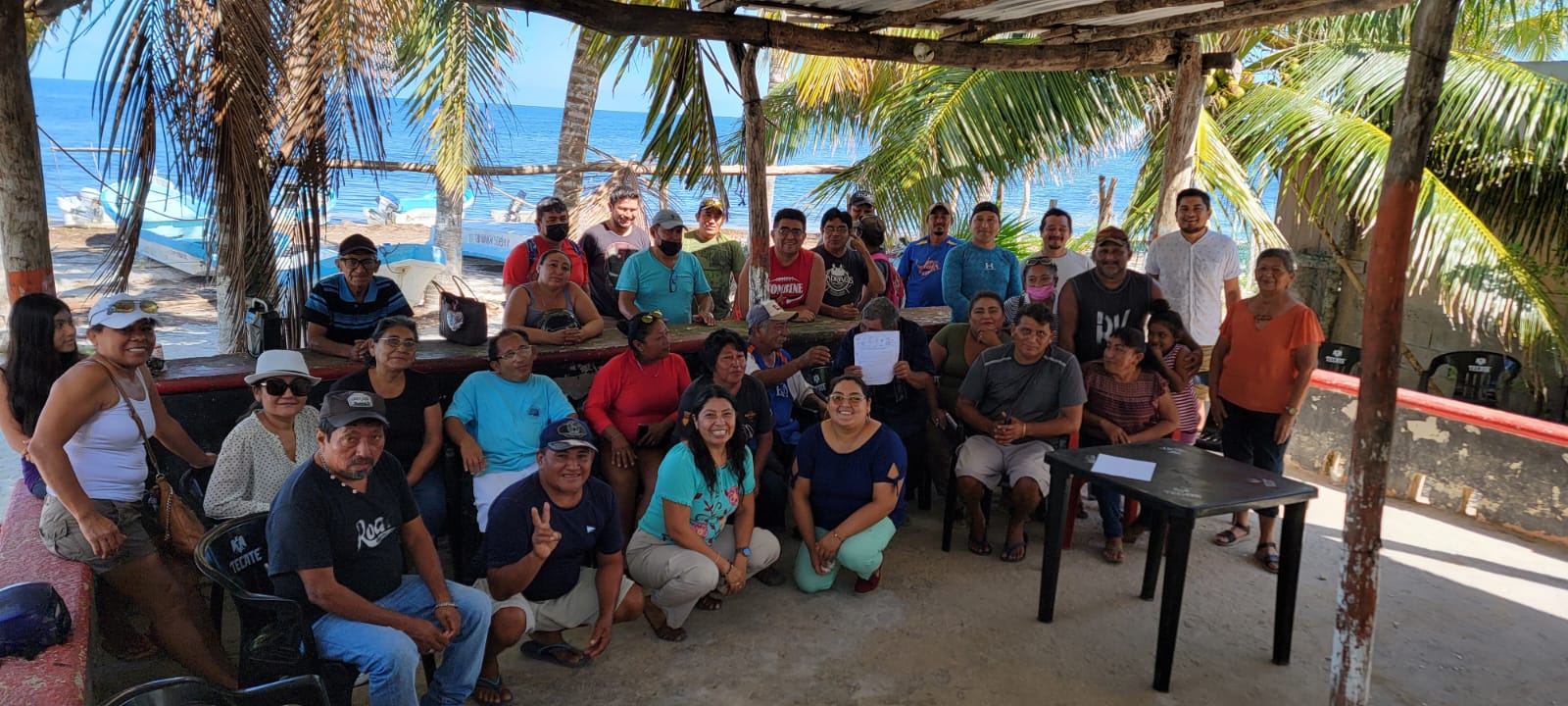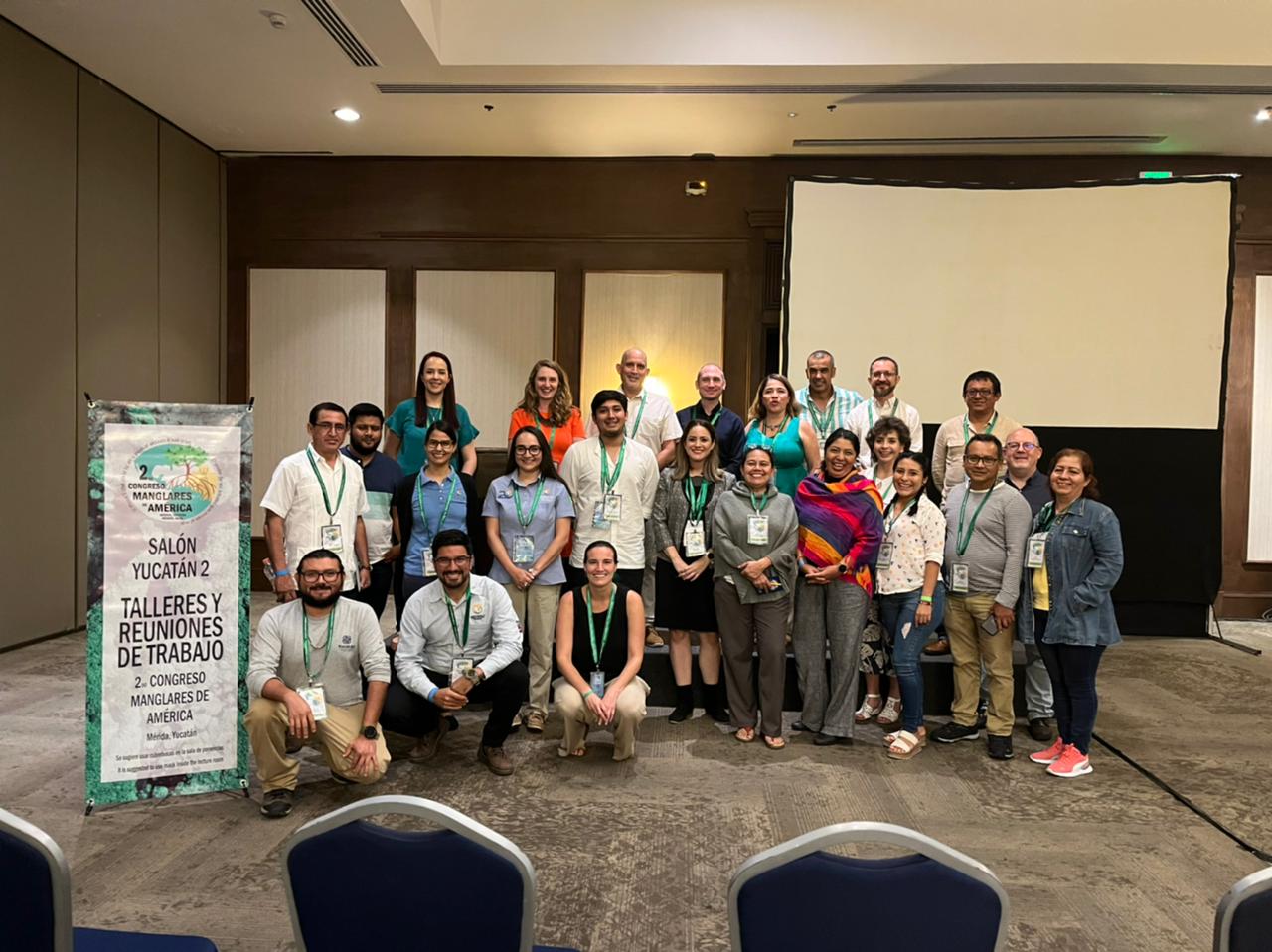8 September 2023 by Freddie Harvey Williams
Local communities are key stewards of biodiversity and natural resources. Around 1.2 billion people in tropical countries are highly dependent on natural ecosystems to meet their basic human needs: food, clean water and energy, making these rural dwellers extremely vulnerable to the impacts of biodiversity loss, climate change and environmental degradation. Thus, these communities often have little capacity to adapt or absorb the impact of environmental shocks.
With more than one fifth of the world’s population living in biodiversity hotspots, rural people are key participants in conservation projects. Despite this Indigenous Peoples and Local Communities have been continually marginalized in conservation decision-making and the design and implementation of conservation projects. Supporting community development, leadership and self-determination is key to enhancing the sustainability and resilience of rural communities and their effective stewardship of natural ecosystems. Effective community development and engagement is crucial to ensuring that the environmental and community benefits of our projects have permanence beyond their 25-year lifespan.
The first step in developing our community development strategy is to gather information on livelihoods and services through local partners who know the communities well. Our findings are used to create a ‘menu’ of potential community development activities, ranging from agricultural development to eco-tourism and business training, and development of services such as healthcare, education, sanitation and transport.

Agriculture is a key lens through which to consider rural development, as two thirds of the developing world’s three billion rural people make a living from it. Agriculture absorbs over a quarter of the economic impact of climate disasters, putting rural people on the front lines of climate change, often with little capacity to adapt to or recover from its impacts. Despite this, small-scale farmers who produce nearly a third of the world’s food only receive 1.7% of global climate finance. Our projects provide a mechanism to channel significant finance to local communities, with a minimum of 60%of income from carbon and biodiversity credits going into the communities.
Transitioning to agroforestry systems can help to diversify communities’ natural resource base, and support higher levels of biodiversity which contributes to climate change mitigation and adaptation. Investing in processing and storage facilities, agricultural technologies and training, and certification programmes can add value to agricultural products, boosting communities’ incomes and financial security. Identifying suitable partners and small infrastructure to increase market participation can also maximise long-term income and diversify rural jobs. Bringing greater diversity of on and off farm opportunities to rural communities creates opportunities to improve inclusion of women, youth and other marginalized groups in the rural economy.
The next step of our community development strategy is to host community consultations to listen to the communities’ priority needs and ideas, present them with our findings and recommendations, and work together to identify the best balance of short and long-term gains and develop the strategy further. The communities have ultimate decision-making power, and we will continue to support them through the design and implementation of the project to ensure that benefits continue once it has finished.
We look forward to bringing you more stories from the field to share progress on our work with communities.
